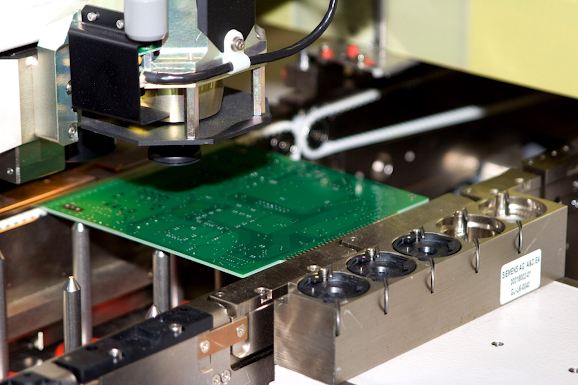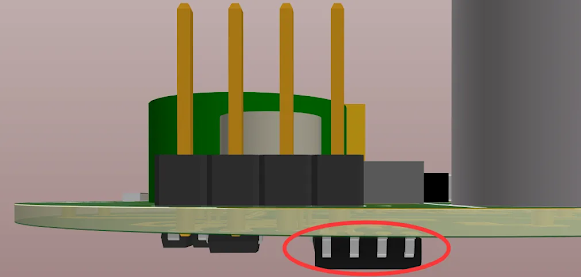PCB Design for Power Module

PCB Design for Power Modules The power circuit is a crucial component of an electronic product, directly influencing its performance. Linear and high-frequency switching power circuits are commonly used, each with distinct characteristics. Linear power supplies deliver current proportional to the load, while switching power supplies provide power as required by the load. Linear Power Supply Linear power supplies employ devices such as voltage regulators (e.g., LM7805, LM317, SPX1117) operating in a linear state. The schematic of an LM7805 voltage regulator is illustrated below. In linear power supplies, rectification, filtering, voltage regulation, and energy storage components are utilized. Typically, series voltage regulators are used, where the output current equals the input current (I1 = I2 + I3). Understanding current flow and magnitude is crucial in PCB design, as trace width is determined based on current requirements between component nodes (refer to " PCB Design Copper ...






